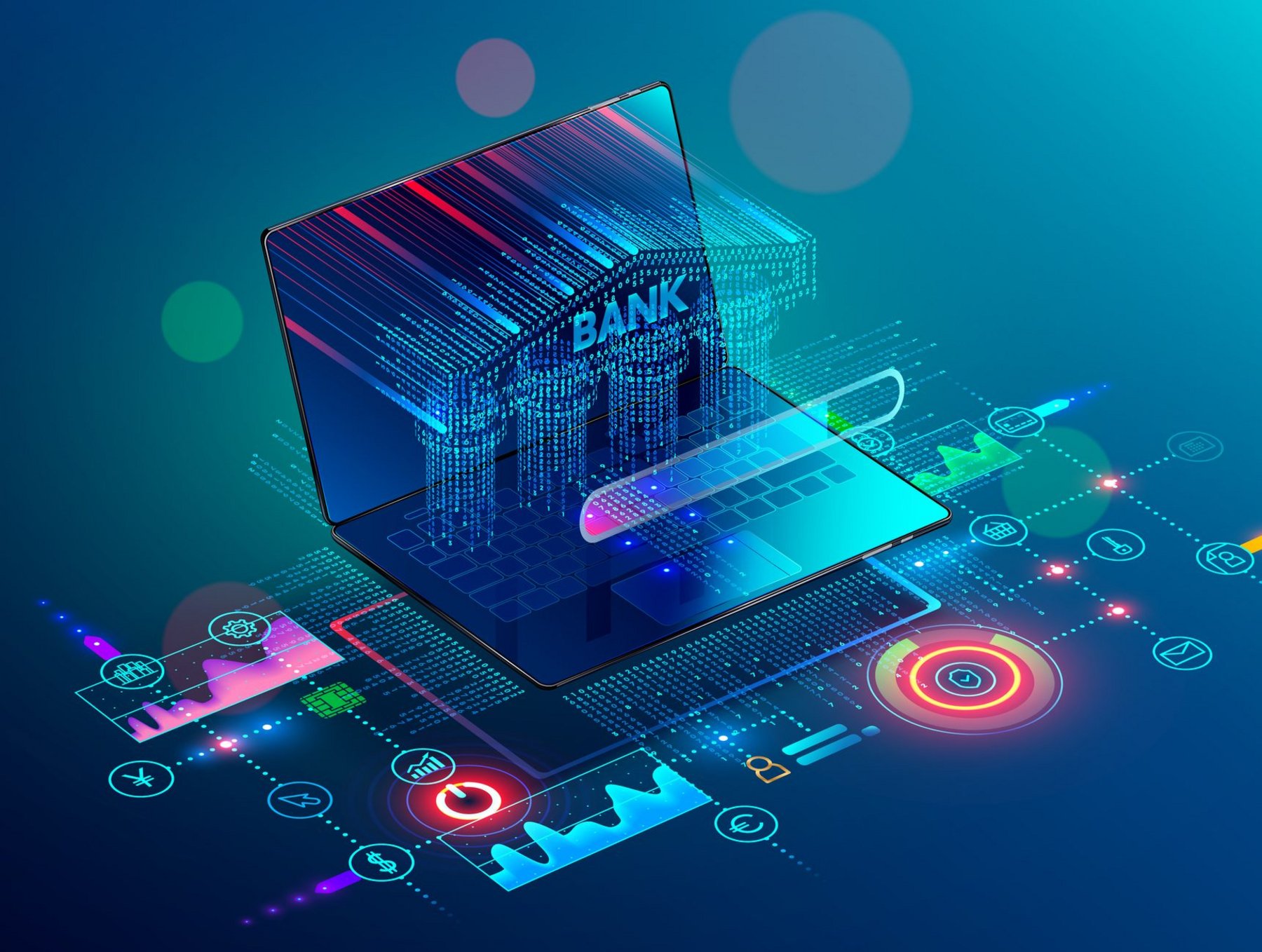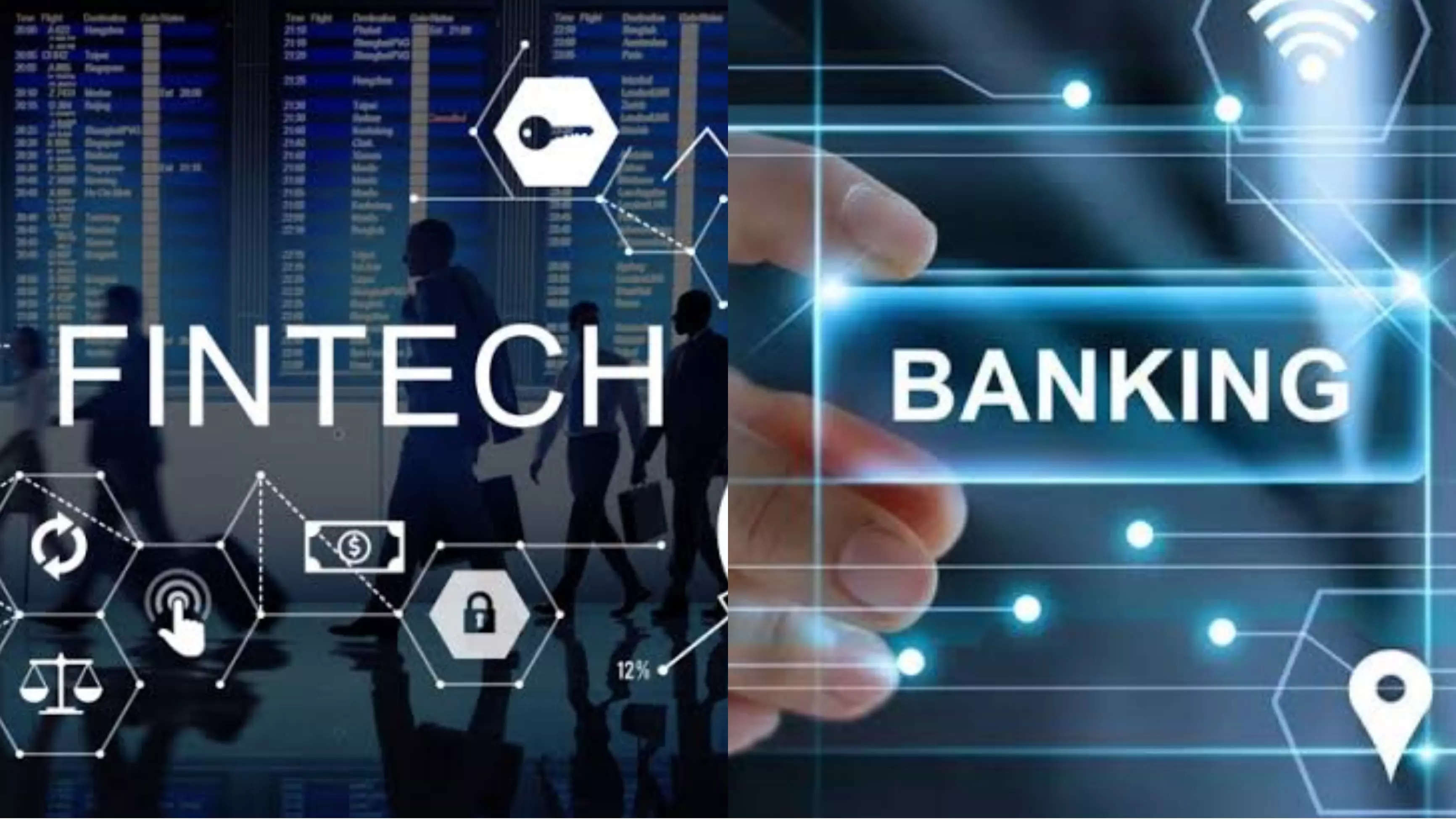How Fintechs are advancing payments’ digital transformation in the B2B market

How Fintechs are advancing payments’ digital transformation in the B2B market
Businesses nowadays are quite aware, especially in light of the epidemic, and are searching for methods to optimize their spending through digital channels. Workflow digitization and electronic payments are enhancing productivity, efficiency, and financial results.
Creating a linked payments ecosystem is fintechs
Most of us used to visit the bank to conduct our basic banking until approximately ten years ago, and banks were accustomed to serving customers in person. The majority of banking and payment transactions are now done online, thanks to the digital revolution. Not all banks, nevertheless, were able to transform.

The emergence of Fintechs, as a result, who were fast to close the gap, introduced the digital customer experience, and altered the perspective to bring the bank to the consumer, has led to an astonishing expansion of the digital payment ecosystem. Businesses, large or small, often have a variety of stakeholders and financial commitments to satisfy. These comprise:
- HR
When it comes to rewarding workers, HR departments must take the time to select gift cards or brands since employee gifting and Rewards and Recognition (RnR) programs are growing in importance.
One-stop corporate gifting solutions from some Fintech providers combine the card and the platform with the brand already integrated. With the employees enjoying a smooth cashless experience, gifting becomes a one-click transaction for HR staff.
- Employees
Companies must pay employees in the form of reimbursements and other expenditures in addition to salary. The majority of businesses have distinct ERP and HRMS processes that work in isolation from one another with little to no connection. By automating the spending and reimbursement process, fintech companies are helping businesses close this gap while saving the businesses valuable time and resources.
- Vendors
SME owners would say that controlling cash flows takes up the majority of their time if you ask them where they spend the most time today. Large business owner is more likely to respond if an identical issue is posed to them, such that they are unable to input vendor information quickly enough or process payments quickly enough because they are too busy with daily tasks.
The fundamental issue is that processing a payment of Rs 1 lakh to a vendor takes the same amount of time as processing a payment of Rs 1 crore, necessitating the development of an efficient mechanism for making smaller payments quickly. A credit card is a far more practical and secure method of payment. Such cards are a particularly versatile form of payment since they may be personalized, automated, and filled according to need or schedule.
Using information to assess creditworthiness

Credit cards have not significantly increased in use in India, in contrast to payment systems like UPI. The reason for this is that credit cards double as loan instruments as well as payment instruments. Because there is an evident danger involved, the market’s incumbents—the credit card issuers—have exercised a great deal of care.
The market has, however, skyrocketed if one examines the statistics from the two years after the outbreak. In actuality, the number of credit card numbers in use today has increased exponentially. The fact that credit card issuance is based on reliable data and that underwriting is now a lot quicker because of the introduction of the AA framework is one of the key reasons why credit cards are growing at a considerably faster rate today. In the past, issuance was based on the financial data that banks could gather from their clients or the type of banking connection a client had with the bank.
These days, it is possible to analyze a customer’s creditworthiness using data. It becomes better as you include elements like UPI. There is a data limit if banks are only looking at a customer’s financial transactions and attempting to issue credit cards, but as soon as data from instruments like UPI gets embedded, it helps to build scorecard models and find clients who are new to credit but are deserving of getting the credit card products.
Credit cards are currently issued on the market using such digital data. The world of payments as we know it may be transformed by Fintechs using data (if you are an FIU) and machine learning algorithms, according to this. To assist small, medium, and big firms improve their payment processes and get quicker access to company credit, Fintechs are utilizing technology to integrate cost management, accounts payable, and credit cards driven by strong SaaS solutions.
B2B payments and procedures have become increasingly digitalized over the past ten years, and fintechs have made a substantial contribution to this digital revolution. Although paper checks are still often used for B2B transactions in some regions, such as the US, there has been a significant trend toward more creative and, most significantly, digital solutions that streamline B2B transactions.
Fintechs have created creative and digital value propositions that significantly assist both SMEs and corporations by focusing on certain pain areas. This article examines how fintechs are transforming B2B payments across a variety of use cases and have emerged as crucial catalysts for the expansion of B2B payments.
Fintechs target certain use cases and particular pain areas
SMEs and corporates have six major pain points when it comes to B2B payments and procedures, according to a thorough study on B2B payments undertaken by Edgar, Dunn & Company (EDC) based on more than 100 interviews with participants throughout the whole B2B payment value chain.
- Manual B2B transactions and payments
- Payment delays and cash flow management
- the complexity of B2B operations and payments ecosystem
- incapability to integrate with already-existing systems
- Direct and indirect expenses are not visible.
- Current internal practices are challenging to modify.
With creative and distinctive value propositions, fintechs have solved these problems and focused on certain use cases. This piece focuses on six use cases and how fintech companies meet certain needs:
- B2B travel
B2B travel is complicated, with several players participating in the value chain, including travel intermediates with Online Travel Agencies (OTAs), such as Booking.com and Expedia, and Travel Management Companies (TMCs – e.g. BCD Travel, CWT).
Financial technology companies (Fintechs) like Ixaris, ModulR, Nium, and WEX have taken advantage of the use of virtual cards to develop international and multi-currency solutions and make it easier for travelers to transfer money between travel intermediaries and travel providers (primarily hotels and airlines), capturing billions of dollars with a valuable value proposition.
- Commercial cards
“Traditional” commercial cards haven’t been very innovative or distinctive, whether they’re used by corporations or SMEs. Fintechs like Capital On Tap, N26, Lili, Qonto, and TripActions have expanded their offerings to include pertinent services that cater to the unique needs of businesses. These services include working capital optimization, loans, and travel management.
These fintechs have targeted particular specialized sectors rather than the whole market, and they offer services that set them apart. This has shown to be quite effective, particularly for SMEs in need of self-service digital tools to assist their expansion.
- B2B cross-border remittances
Another use case with substantial pain points is B2B cross-border remittances. These include transaction fees and a lack of settlement time transparency. To compete with foreign bank transfers, fintech companies including Currency Cloud, Rapyd, TransferGo, Wise, and WorldRemit have developed a unique value proposition centered on simplicity and openness about prices and settlement periods.
EDC anticipates a large increase in B2B cross-border remittances in the upcoming years, driven by fintechs’ capacity to serve the demands of SMEs and corporations and streamline B2B procedures like invoice processing.
- B2B marketplaces
The pandemic has helped B2B eCommerce develop considerably in pace with the digitalization of businesses. B2B marketplaces have developed within B2B e-commerce as an effective tool to facilitate B2B trade and link businesses (e.g. wholesalers and end-customers). Solutions supporting B2B procedures (such as invoice processing) and B2B payment methods other than card payments include fintechs like Lemonway, Mangopay, Thunes Collections (previously Limonetik), and Trevipay.
EDC anticipates that B2B markets will expand dramatically over the next few years, just like B2C marketplaces did a few years ago, as businesses recognize their advantages and potential for increased income.
- Working capital optimization
Cash flow management is a major problem for businesses that have been made worse by the epidemic. By offering fresh solutions to improve working capital and finance supply chain, fintechs like Coupa, C2FO, Demica, Plastiq, and Tradeshift have tackled this pain issue.
Examples of how corporations and small and medium-sized enterprises (SMEs) may both gain from flexible solutions to accommodate their needs and promote their growth include payment term optimization, dynamic discounting, and trade receivable securitization.
- Supplier acceptance enablement
The restricted acceptance network of commercial cards has been a big issue in B2B payments, making it impossible for businesses to utilize them. A new generation of companies, including Bill Hop, Boost B2B, and CSI/Edenred, focuses on influencing issuers and purchasers of commercial cards to persuade suppliers to accept these, therefore increasing the network of providers who take commercial cards.
Fintechs have established themselves as the lynchpin for the further expansion of B2B payments thanks to their balanced and pertinent value proposition for both providers and buyers.
Fintechs as growth drivers for B2B payments

Fintechs are aware of the problems faced by SMEs and large corporations and how to offer tailored solutions to meet those demands. The emergence of open banking offered by fintech companies like Bottomline, Trustlayer, Volt, and Yappily to ease cash management and payment initiation will further amplify this.
EDC anticipates fintechs to continue creating valuable value propositions and meeting the requirements of both SMEs and corporates by streamlining and digitalizing B2B procedures and payments. Fintechs have contributed to the expansion of B2B payments and will do so going forward.
The road ahead

Without a shadow of a doubt, Fintechs are utilizing their knowledge to support companies of all sizes as they navigate the disruption of their industries and prepare for upcoming difficulties. Fintechs are making sure to help their customers achieve their financial transformation goals by guiding them through the digital transformation process, maximizing value with the least amount of disruption to current infrastructure, whether it involves credit cards, lending transactions, or just making payments.
Edited by Prakriti Arora





